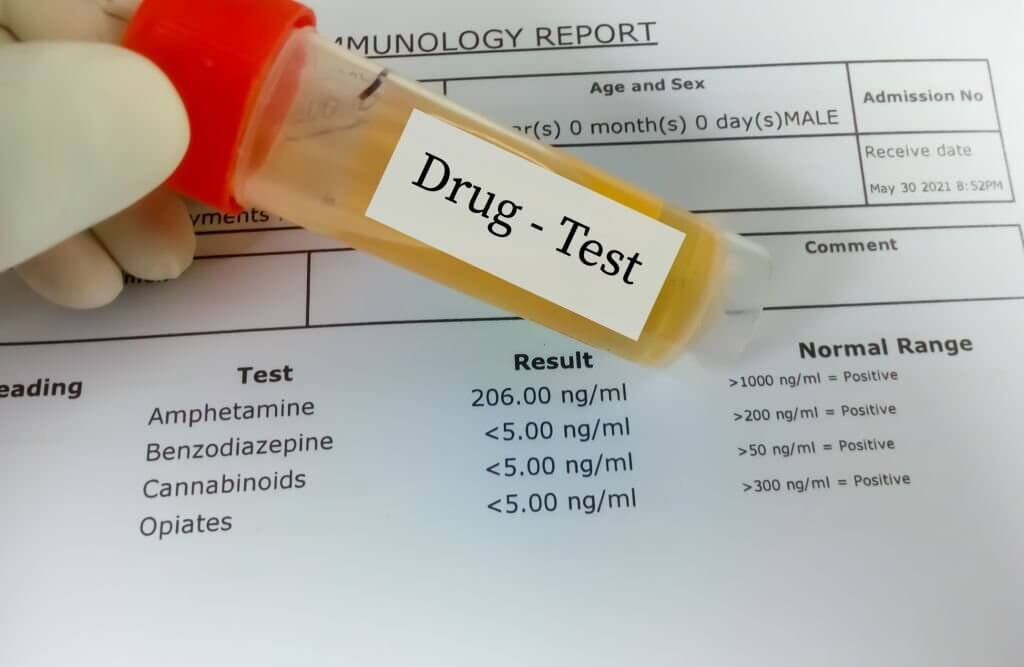Saliva Collector Benefits for Roadside Drug Testing

Drug testing has advanced significantly in recent years, with increasing use of alternative specimens to blood or urine to detect drug exposure. Oral fluid has emerged as a promising non-invasive specimen for drug testing, particularly to identify recent drug use. Technological developments have also enabled on-site oral fluid drug testing to provide rapid results. However, there are important considerations regarding oral fluid collection, drug pharmacokinetics, and optimal testing methodologies that need to be addressed to realize the full potential of oral fluid drug testing.
What are the properties of oral fluid?
Oral fluid refers to saliva and other secretions in the oral cavity originating primarily from major salivary glands. It has low protein content and variable flow rate influenced by physiological and pharmacological factors. Dry mouth syndrome can hinder oral fluid collection. Various stimulants like citric acid can increase saliva production but may also dilute drug concentrations. Oral fluid can be collected directly by spitting or using absorbent pads or swabs. Some collection devices mix oral fluid with a diluent. The choice of collection method can significantly impact drug recovery and testing results.
What are the applications for oral fluid drug testing?
Oral fluid testing is increasingly used for detecting drug use in drivers, workplace drug screening, testing prisoners, and monitoring drug courts attendees. It offers a quick, non-invasive approach to identify recent drug exposure compared to urine or hair testing. However, oral fluid cannot replace other specimens and has its own advantages and limitations depending on the context. It is best suited for determining recent abstinence or use, similar to blood testing.
What are the pharmacokinetic characteristics of drugs in oral fluid?
Oral fluid mainly contains the parent drug, unlike urine metabolites. Basic drugs like amphetamines and cocaine have higher oral fluid to blood concentration ratios, while acidic drugs like benzodiazepines have lower ratios. THC shows significant local oral absorption increasing early concentrations. Buprenorphine's sublingual use creates a depot effect in oral tissues. Oral fluid concentrations correlate reasonably well with drug effects for THC, codeine, and some other drugs. However, the complex pharmacokinetics means optimal detection times will vary for different drugs and scenarios.
What are the techniques for initial on-site oral fluid drug testing?
On-site devices provide rapid test results through visual inspection or electronic readers. Their sensitivity and specificity varies. Oral fluid stimulants may increase false negatives. Studies show reliabilities above 90% for amphetamines, MDMA, cocaine, and opiates detection when compared to mass spectrometry confirmation. However, benzodiazepines and THC can be more problematic. Test reliability also depends on the collection method. More data is needed on device sensitivity for key detection limits. Quality control and staff training is critical for consistent on-site testing.
What laboratory technologies are used for oral fluid drug testing?
ELISA immunoassays work adequately for initial laboratory screening for most drugs. LC-MS or GC-MS confirmation is preferred due to higher sensitivity and specificity needed for the low oral fluid volumes and concentrations. MS-based methods have achieved detection limits below 1-5 ng/mL for drugs like THC, cocaine, and opiates. Screening and confirmation cutoffs differ between contexts like workplace testing or driving under the influence. Standardized concentrations are unlikely given variations in legal approaches and liability issues like passive exposure.
How do quality control processes differ between laboratory and on-site oral fluid drug testing?
Accreditation requirements dictate that laboratory batch testing include appropriate calibrators, controls, and confirmatory procedures. Proficiency testing also validates laboratory capabilities. On-site testing has fewer controls so staff training and test quality monitoring is critical. Collection controls and waiting periods after eating or drinking can help minimize adulteration issues. Ultimately, oral fluid drug testing demands a rigorous, evidence-based methodology to demonstrate its reliability for any given application.
Oral fluid drug testing has advanced considerably, with demonstrable benefits for many applications. However, scientific understanding of collection effects, pharmacokinetics, device performance, and analytical methods continues to evolve. Careful validation is still needed to establish optimal procedures and reliability for specific drug testing contexts. As technology and research progresses, oral fluid testing is poised to become a viable alternative to conventional specimens for many drug testing scenarios requiring a rapid, non-invasive collection approach.
Click to View → Mantacc Saliva Collector
References
Drummer OH. Drug testing in oral fluid. Clin Biochem Rev. 2006 Aug;27(3):147-59. PMID: 17268583; PMCID: PMC1579288.
Related Posts
Everything You Need To Know About Saliva Collectors
Saliva Collection Kits: The Non-Invasive and Reliable Way to Collect Samples
How Do Saliva Collection Kits Improve DNA Quality and Stability?








